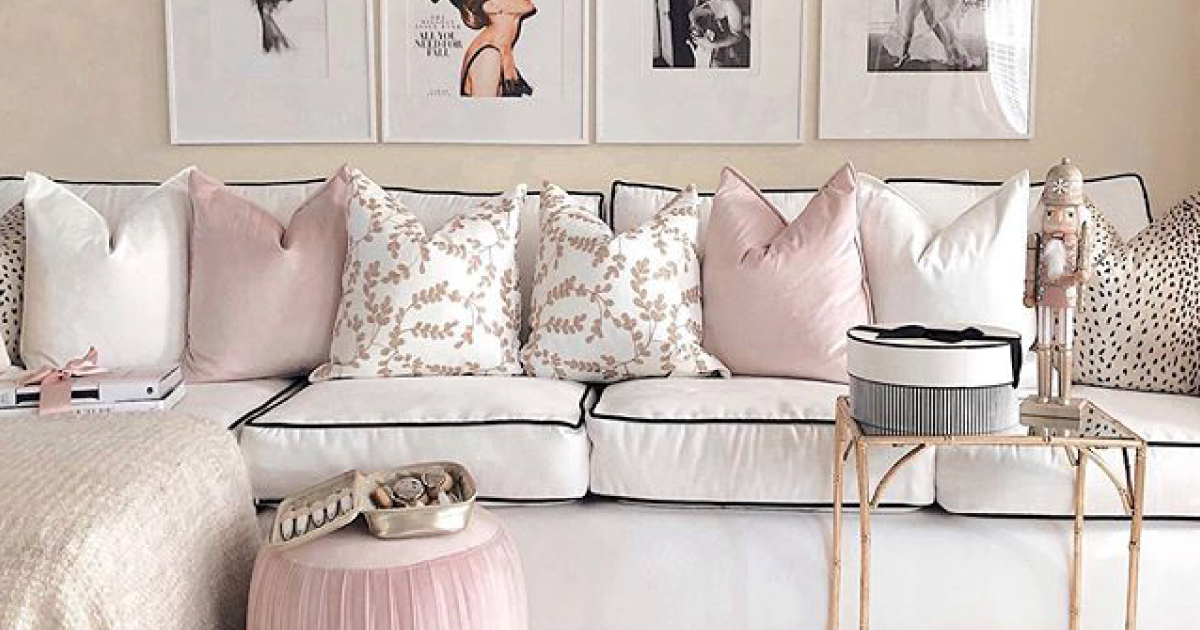
Getting to Know the Different Types of Futon Slipcover Fabrics
Futons are versatile, stylish, and practical. One of the easiest ways to refresh a futon’s look and feel is with a slipcover — but with so many futon fabric choices, how do you know which is right for you? This guide will walk you through the different futon types, their best uses, care tips, sustainability factors, and more, helping you pick the perfect match for your space.
Popular Uses for Each Fabric Type
Each different fabric has unique qualities, making it ideal for specific purposes:
- Cotton: Breathable and soft, perfect for everyday casual futon covers.
- Microfiber: Stain-resistant and easy to clean, ideal for homes with kids or pets.
- Linen: Elegant and lightweight, best for decorative, formal rooms.
- Leather and Faux Leather: Durable and chic, perfect for modern or high-traffic areas.
- Plastic Futon Covers: Waterproof and protective, great for outdoor use or guest rooms.
Choosing based on function ensures your futon stays beautiful and durable.
How to Choose the Right Fabric for Your Project
Selecting the right mattress fabric type depends on several factors:
- Usage: Heavy use needs durable materials like microfiber or leather.
- Aesthetic: Linen and cotton offer casual or classic vibes.
- Maintenance: Some fabrics, like microfiber, need minimal upkeep.
- Budget: Natural fabrics may cost more, but last longer.
Consider your lifestyle, decor theme, and long-term maintenance when making your choice.
Sustainable and Eco-Friendly Fabrics
Today, more consumers are considering sustainability when buying futon covers. Eco-friendly options include:
- Organic Cotton: Grown without harmful chemicals.
- Hemp: Naturally resistant to pests, requiring fewer resources.
- Bamboo: Rapidly renewable and biodegradable.
- Recycled Materials: Polyester made from recycled plastics.
Choosing sustainable futon fabric helps protect the environment while offering durability and comfort.
Fabric Care and Usage
Proper care ensures that your futon slipcover remains fresh and vibrant. Here’s a quick guide:
- Cotton and Linen: Machine wash on gentle cycles with mild detergent.
- Microfiber: Spot clean with a damp cloth or gentle soap.
- Leather/Faux Leather: Wipe with a damp cloth; use leather conditioners periodically.
- Plastic Covers: Hose down or wipe clean with disinfectant.
Always check the care label instructions to maximize your slipcover’s lifespan.
Clothing and Apparel
The versatility of different fabrics extends beyond futons into clothing and apparel:
- Cotton: T-shirts, jeans, undergarments.
- Wool: Sweaters and coats for warmth.
- Silk: Luxury dresses and scarves.
- Synthetic Fibers (Polyester/Nylon): Activewear and jackets.
Understanding the properties of textiles helps in selecting outfits that suit climate, comfort, and purpose.
Home Textiles and Decor
Fabrics also define home interiors:
- Cotton and Linen: Curtains, bedding, tablecloths.
- Velvet and Chenille: Upholstery for a luxe look.
- Wool and Faux Fur: Rugs, throws, and winter decor.
The right textile can transform a space from plain to polished, matching the feel of your futon fabric to your wider home design.
Fabric Care and Maintenance Tips
Regardless of type, good care keeps your fabrics beautiful longer:
- Vacuum Regularly: Removes dust from futon slipcovers.
- Rotate Usage: Prevents wear in high-traffic areas.
- Use Mild Detergents: Harsh chemicals can degrade natural fibers.
- Store Properly: Keep spare covers in cool, dry areas.
Maintenance plays a big role in preserving both looks and longevity.
Sustainability and Ethical Considerations
Choosing sustainable textiles benefits both people and the planet. Look for:
- Certifications: GOTS (Global Organic Textile Standard) or OEKO-TEX labels.
- Ethical Production: Brands that ensure fair labor practices.
- Minimal Impact: Fabrics made with low water and energy consumption.
A conscious choice in your futon fabric selection supports healthier ecosystems and communities worldwide.
Final Thoughts
Selecting the right futon fabric isn't just about color or pattern — it’s about balancing comfort, functionality, sustainability, and style. Whether you lean toward cozy cotton, sleek faux leather, or eco-friendly hemp, knowing your different fabrics helps you create a space that feels truly like home. Explore your options, prioritize your needs, and give your futon the stylish cover it deserves.











